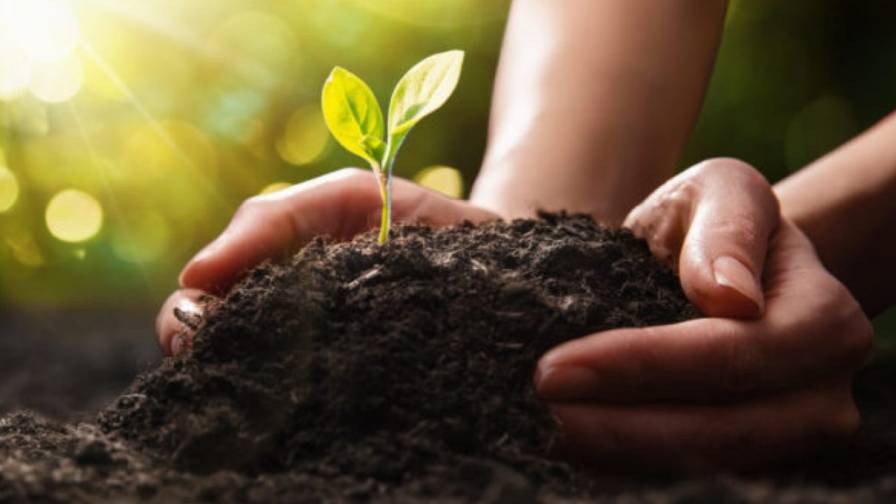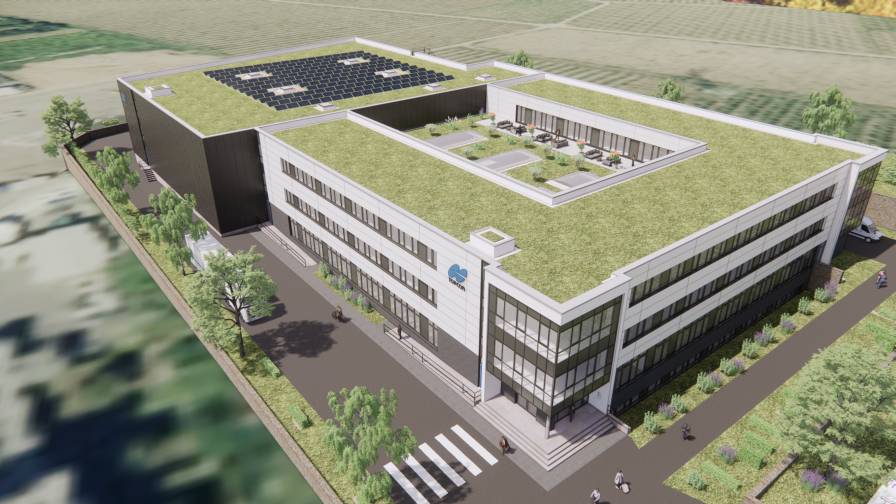Orchard Robotics Gains $3.8M to Build Robots and AI to Power Precision Crop Management
Tech-enabled precision crop management startup Orchard Robotics has gained $3.8 million in funding from a Pre-Seed round led by Contrary and an oversubscribed Seed round led by General Catalyst with participation from Humba Ventures, Soma Capital, Correlation Ventures, VU Venture Partners, Genius Ventures, along with angel investors Howard Lerman, Joshua Browder, Rory and Kieran O’Reilly, and many others, reports Global AgInvesting.
“Orchard Robotics has a bold vision to transform the future of farming and bring digitization and automation to farms,” said Niko Bonatsos, managing director, and Max Rimpel, partner, General Catalyst. “The experience of the team, early success with large customers, partnership approach, and their data-first platform stood out to us, and we look forward to helping the company modernize a legacy industry for the fruit industry and beyond.”
Founded at Cornell University by company CEO Charles Wu, Orchard Robotics provides precision crop management for fruit farmers through a vehicle-mounted, AI-powered vision system that gathers data including fruit size, count, color, growth rate, and more, about the fruit on each individual tree.
“Our mission at Orchard Robotics is to help farmers produce more food for the world, more profitability, efficiently, and sustainably,” said Wu. “This starts with giving farmers the precision data they need to do what they do best.”
MORE BY GLOBAL AGINVESTING
Ceres Imaging Launches Portfolio Insights for AI-Enabled Ag Asset Management
Despite orchards often having up to millions of trees across thousands of acres growing hundreds of millions of fruit, farmers have historically been in the position of having to rely on small and imprecise sample sizes, for instance, counting the fruit on only 10 trees out of a 10,000-tree block to make critical crop management decisions.
Each tree is a unique, living thing, needing specific inputs, treatments, and care throughout the entire season to produce the best, high-quality crops. Using today’s imprecise practices and homogenous treatments leads to inefficient resource usage, higher labor costs, and the potential for significant crop loss and value.
Read more at Global AgInvesting.
Home









